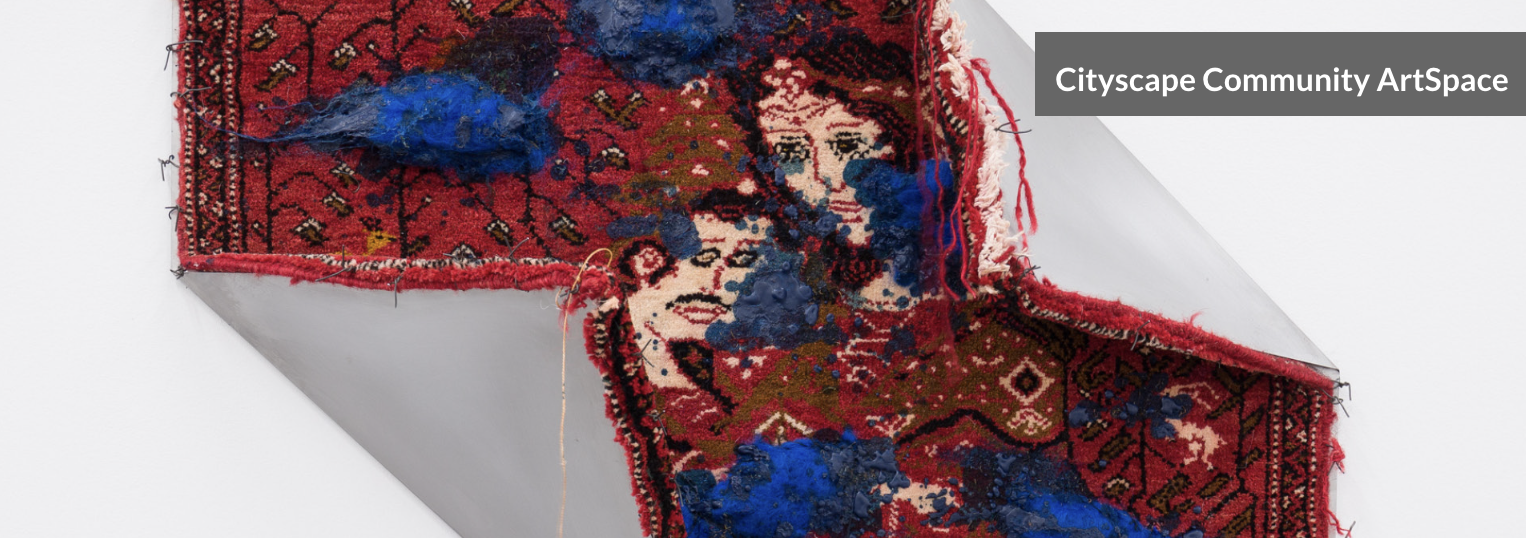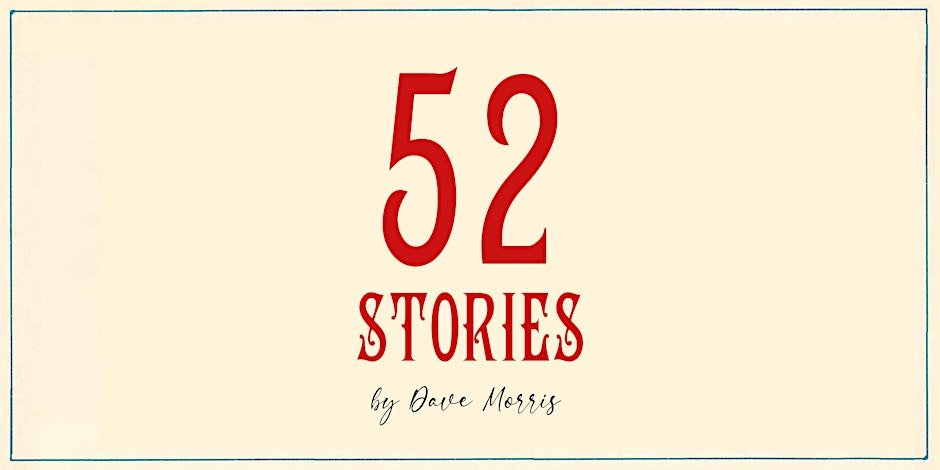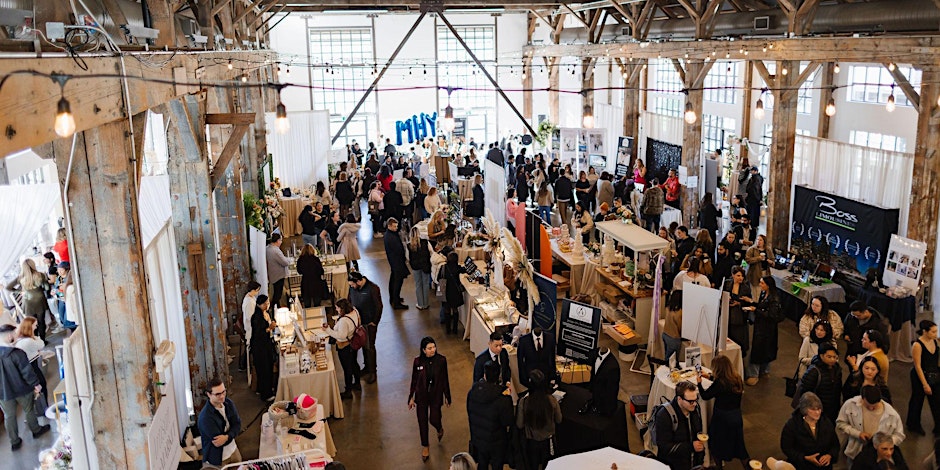Artists: Parvin Peivandi, Marina Roy, and Helena Wadsley
The name of the proposed art show “The Unbearable Labour of Being” borrows its concept and title from the poetry of Ahmad Shamlo, an Iranian poet who devoted most of his poetry to understanding the meaning of being human in the social and political context of their surroundings. In his poetry Shamlo asserts that “the human is meant to be born in a physical body that is capable of love and being loved, the capability to bloom, observe and express, …the ability to tolerate loneliness, loneliness, loneliness, this pure loneliness. …. Human is the unbearable labour of responsibility….”
In this exhibition, three artists from different cultural backgrounds come together and inquire about the conscientious labour of production. Parvin Peivandi, Marina Roy, and Helena Wadsley make interdisciplinary artwork by thinking through materials, material culture, the process of making, the affective and emotional potentials of art, and the social and political context within which the art and life of individuals are interwoven. In turn, this exhibition aims to connect with others, through igniting common feelings at the threshold of language (happiness, desire, loss, despair, and so on), as well as inviting the audience to reflect on their own life and stories.
New materialist and posthumanist perspectives are evident in each artist’s work. In the process of making, they connect with materials through recognizing matter’s agency, and in turn transform these materials through physical, emotional, and intellectual investment into a unique hybrid, at once human and nonhuman in nature.
Helena Wadsley makes art by responding to the body as a site of feelings. Slow and repetitive processes such as knitting, weaving, and embroidery in Wadsley’s work give ample space for contemplation, bridging any separation between mind and body. She questions the body’s multifarious positioning as political and social loci as it travels and evolves across space and time. Embracing the skills typically passed down through generations prompts a reconstruction of the definitions of inheritance, belonging, and identity. Her work considers knowledge systems such as science and literature to identify entrenched attitudes about gender that marginalize the ‘other’ while using craft techniques as a way of drawing traditional women’s labour into the vernacular of contemporary art.
Marina Roy’s artwork investigates the intersection between materials, the body, language, and more-than-human others. She is interested in a grotesque art: how human, animal, plant, mineral, and microbial life coalesce into new hybrid formations, as well as in the creation of new visual (allegorical) languages from which to think. She is interested in how seemingly inert and inanimate matter is made “animate” within art, and how this can point to new political-ecological worldviews. Her newest body of work activates paint as a way to contemplate the vulnerability of the body to all that is “nonhuman” within it (either through what comes to enter the body and reside there, or through what comes to grow there and take over human cells). Quinacridone is an important colour within the overall palette of her newest body of work. Quinacridone is a “high performance” pigment within industry, and points to synthetic colours’ roots in the waste material, coal tar.
Parvin Peivandi finds analogy between the human body and architectural sites. Each has public exteriority and complex, shifting interiors, and this duality underscores her use of dynamic forms and diverse materials. In her recent work, photographic images are contained within minimalist metal sculptures reminiscent of Persian abstraction. Inspired partly by Sufi poetry, Peivandi’s work is deliberately fragmentary, with modular components that can be freely rearranged. It alludes to the dissolution of old orders and imagining of new systems. Shadows cast by the work are part of its sculptural consideration, resonating with Peivandi’s interest in forms that are not fully graspable and ever-changing.
The poet Shamlo speaks of the isolation that seems to permeate human existence. For these artists, the isolation of making allows each one to penetrate deeply into the significance of the choice of materials and the methods used to create with them. The loneliness the poem refers to is the artist’s necessity and travail. Whether working with paint, metal, clay, fabric, yarn, or paper, the materials become engaged in a conversation with the maker in a reciprocating process that is simultaneously conceptual, with ideas relating to cultural heritage and ecologies, and exploring the non-verbal language of feeling and affect.



